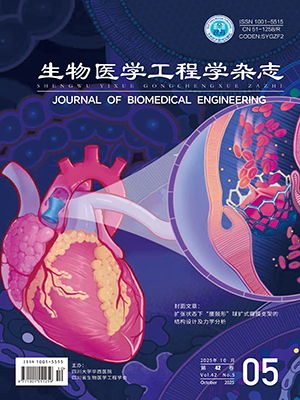The objective of this study is to map the global scientific competitive landscape in the field of artificial intelligence (AI) medical devices using scientific data. A bibliometric analysis was conducted using the Web of Science Core Collection to examine global research trends in AI-based medical devices. As of the end of 2023, a total of 55 147 relevant publications were identified worldwide, with 76.6% published between 2018 and 2024. Research in this field has primarily focused on AI-assisted medical image and physiological signal analysis. At the national level, China (17 991 publications) and the United States (14 032 publications) lead in output. China has shown a rapid increase in publication volume, with its 2023 output exceeding twice that of the U.S.; however, the U.S. maintains a higher average citation per paper (China: 16.29; U.S.: 35.99). At the institutional level, seven Chinese institutions and three U.S. institutions rank among the global top ten in terms of publication volume. At the researcher level, prominent contributors include Acharya U Rajendra, Rueckert Daniel and Tian Jie, who have extensively explored AI-assisted medical imaging. Some researchers have specialized in specific imaging applications, such as Yang Xiaofeng (AI-assisted precision radiotherapy for tumors) and Shen Dinggang (brain imaging analysis). Others, including Gao Xiaorong and Ming Dong, focus on AI-assisted physiological signal analysis. The results confirm the rapid global development of AI in the medical device field, with “AI + imaging” emerging as the most mature direction. China and the U.S. maintain absolute leadership in this area—China slightly leads in publication volume, while the U.S., having started earlier, demonstrates higher research quality. Both countries host a large number of active research teams in this domain.
Citation: CHEN Juan, PAN Lizi, LONG Junyu, YANG Nan, LIU Fei, LU Yan, OUYANG Zhaolian. Analysis of the global competitive landscape in artificial intelligence medical device research. Journal of Biomedical Engineering, 2025, 42(3): 496-503. doi: 10.7507/1001-5515.202407046 Copy
Copyright © the editorial department of Journal of Biomedical Engineering of West China Medical Publisher. All rights reserved




